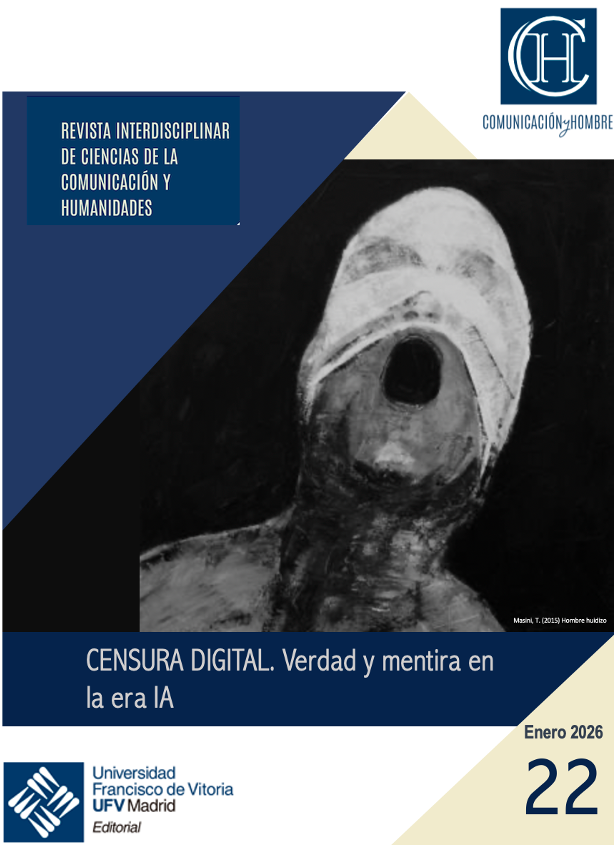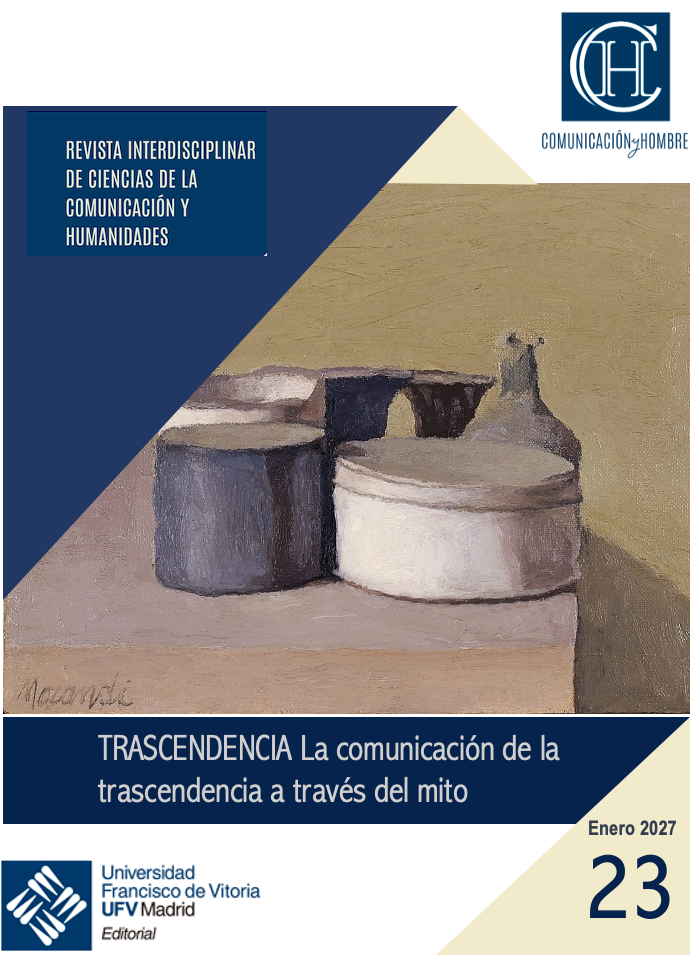Throughout the history of art, the examination and imitation of past artists’ styles have consistently been integral to artistic education. The practice of copying has significantly contributed to the training of artists, as evidenced by the visits made by copyists to the Prado Museum in Spain. Recently, the emergence of artificial intelligence (AI) in artistic practice has led to experiences wherein, with the aid of these new technologies, human learning processes can be replicated and artworks can be produced that emulate historical artists’ styles. Despite the extensive media attention these experiences have garnered, art history within the Spanish context has yet to give them substantial consideration. This article aims to provide insights from visual culture that contribute to an art-historical analysis of these innovative artworks, which have sparked contentious discussions regarding authorship, authenticity, and originality. To this end, we conducted a comparative study of three projects aimed at recovering the art of the masters through artificial intelligence: the recreation of Velázquez’s lost canvas, The Expulsion of the Moors (1627), with an art-historical objective; the generation of drawings in the style of Goya through AI, intended for educational purposes; and the recovery, for commercial reasons, of a painting by Santiago Rusiñol entitled View of the Parc del Laberint d’Horta, underlying an oil painting by Pablo Picasso
Colabora en los próximos números de Comunicación y Hombre





